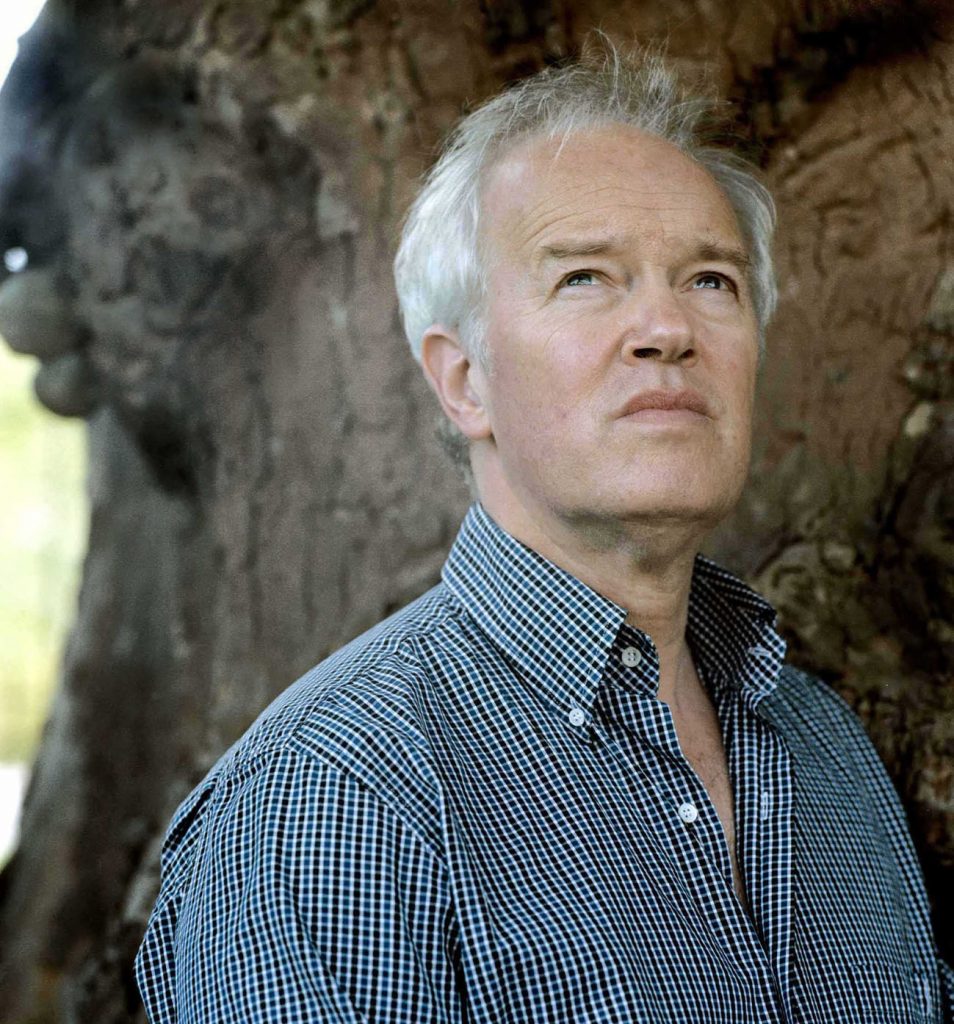Edo de Waart’s Engaging Respighi and Lang Lang’s Tepid Mozart Open San Diego Symphony Season
Anticipation is always the motivator at the opening night of a new San Diego Symphony season. In her welcoming remarks Thursday, October 4, Symphony C.E.O. Martha Gilmer voiced the large Copley Symphony Hall audience’s anticipation of an exciting concert with guest pianist Lang Lang performing under the experienced baton of frequent guest conductor Edo de Waart.
Playing Sergei Rachmaninoff’s First Piano Concerto with our orchestra in 2017 and his Second Piano Concerto in 2013, Lang Lang’s tremendous technique worked wonders, and even his account of Beethoven’s “Emperor” Concerto in 2012 provided a laudable level of interpretive insight. But I found his Mozart Piano Concerto No. 24 in C Minor, K. 491, tepid and unremarkable.Indeed, he began the first movement Allegro very quietly, with crystalline lines that instantly shut down the audience’s ambient background noise—they apparently did not feel Edo de Waart’s carefully shaped and slightly mysterious orchestral beginning worthy of their complete attention. Once everyone was focused on the soloist, however, he did little to engage our musical imagination. Aside from his occasional jocular left hand articulations, his right hand churned out a seamless and sadly undifferentiated stream of notes. Where was the phrasing that differentiated the important themes from the secondary passagework? Where were the contrasts, the shadings—what was Mozart telling us?
In the Allegretto, the final movement, the orchestra’s woodwind sections came to the rescue with brightly animated elaborations of the main theme, and those first chair woodwind players gave a welcome demonstration of how classical era style should sound.Since a Mozart concerto requires a much smaller contingent of the orchestra, de Waart wisely chose Ottorino Respighi’s colorful tone poem from 1916, The Fountains of Rome, to complement the Mozart. For Respighi’s splashy work, the entire San Diego Symphony, including two harps, celesta, piano, and a hefty percussion section with offstage chimes, returned to the hall.
Unlike those burly Richard Strauss tone poems of that era, in The Fountains of Rome, the orchestra members rarely play all at once. More like the innovative orchestrations of Gustav Mahler, Respighi works with constantly changing smaller combinations of instruments that create a kaleidoscopic array of glistening, atmospheric moments: delicate woodwind solos floating over pianissimo strings, magical collages of the harps and celesta, or an enchanting duet between the principal flute and the English Horn.
The horns opened the second movement, titled “The Triton Fountain in the Morning,” with stentorian calls that de Waart skillfully blended into a dazzling string section crescendo. The only movement with a full orchestra climax, de Waart found just the right proportion to create the desired effect without even a hint of exaggeration, and his subtle delineation of the finale, “The Villa Medici Fountain at Sunset,” brought both the tone poem and the concert to a shimmering, translucent conclusion.
Having seen the Old Globe Theatre’s fine production of Shakespeare’s The Tempest earlier this summer deepened my enjoyment of Hector Berlioz’ Overture to Béatrice and Bénédict, recalling the sparing of these two unlikely lovers and hearing it echoed in Berlioz’ witty yet strangely ardent music. De Waart opened his concert with this Overture, which he crafted with vivid colors and adroitly sculpted themes.
This program was presented by the San Diego Symphony on October 4, 2018, at the Jacobs Music Center’s Copley Symphony Hall. The Jacobs Masterworks Series for 2018-2019 opens Saturday, October 6. 2018, in the same venue, with guest pianist Joyce Yang and guest conductor Edo de Waart.

Ken Herman, a classically trained pianist and organist, has covered music for the San Diego Union, the Los Angeles Times’ San Diego Edition, and for sandiego.com. He has won numerous awards, including first place for Live Performance and Opera Reviews in the 2017, the 2018, and the 2019 Excellence in Journalism Awards competition held by the San Diego Press Club. A Chicago native, he came to San Diego to pursue a graduate degree and stayed.Read more…




